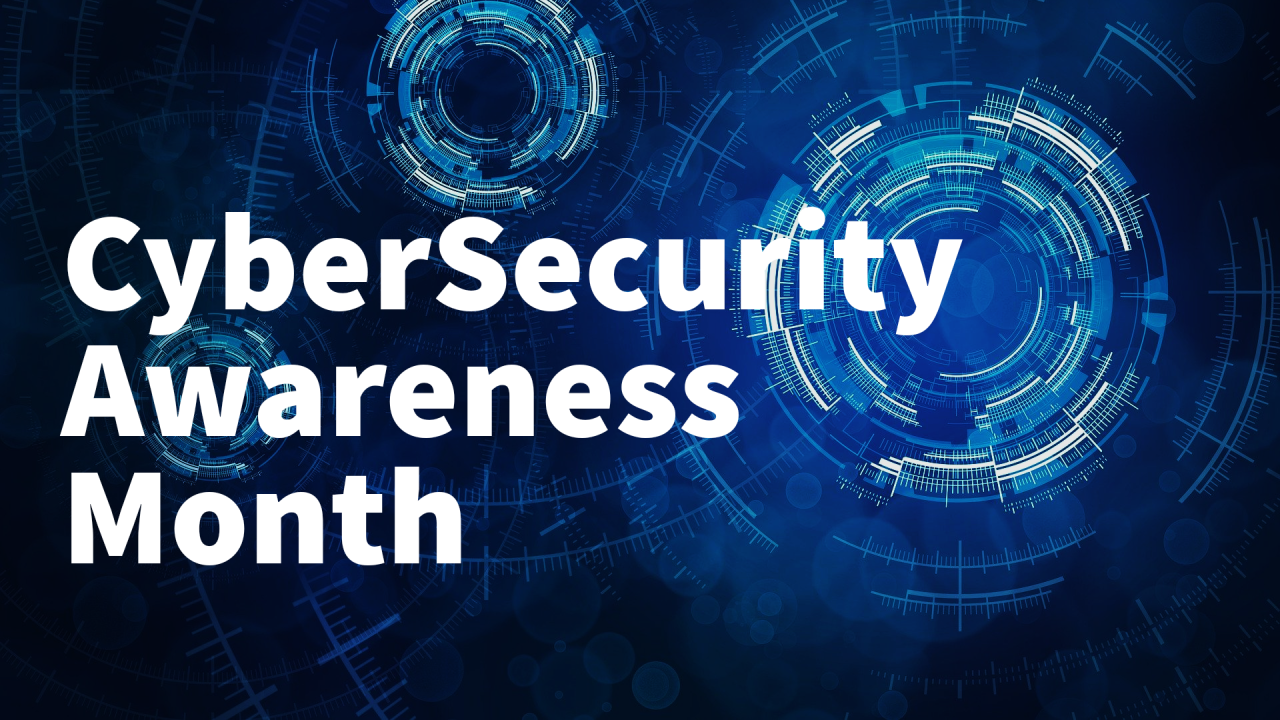
Cybersecurity Awareness Month: A Governance Perspective
Cybersecurity Awareness Month draws upon the awareness needed for boards, governance committees, and business owners to develop and enhance business resilience through digital operational resilience—adopting new strategies to reduce security risks while building and enhancing digital trust.
As emerging technologies enhance and provide the efficiencies needed to be competitive and innovative globally, timed service deliveries and stakeholder engagement and well-being are not just essential but integral to continuous business success and mission achievement. While such technologies create emerging opportunities and markets, they also create emerging risks that can cause devastating business risks that can not only hurt a company’s reputation but can also create varying liabilities in the law courts due to digital premises liabilities. Such emerging risks affect digital trust and create distrust in the safety and security of technologies, services and products, in addition to the business’s social responsibility to the digital culture.
Major breaches worldwide have demonstrated that security cannot remain stagnant but must be continuously monitored and improved. This continuous monitoring makes security programs essential, effective, and valuable to the business context. It protects and builds digital trust for all stakeholders, internally or externally, in addition to compliance with data protection laws, regulations and standards. This reassures stakeholders and builds confidence in the organisation’s ability to manage and reduce cyber risks.
The management of emerging risks due to digital transformation, including ordinary cyber risks, requires a risk-based approach to all organisational risks at the governance level, where awareness through risk monitoring and risk management policies can be applied and developed, implementing risk-management throughout the organisation as a process integrated into business processes, functions and services.
Understanding the risk-based approach as an essential process to reduce cyber risks, the planning, designing, implementing, operating, managing, monitoring, and continuous improvement of security controls can be achieved. This ongoing improvement reduces cyber risks and enhances and matures the business’s operational resilience management program, instilling confidence in the efficacy and efficiency of security controls while guaranteeing business continuity during high to critical incidents.
Building and maturing digital operational resilience starts within the boardroom, where the strategy is developed, guided, and supported throughout its lifecycle. The boardroom’s oversight, accountability, and responsibility for the resilience program are essential elements for its success and are key attributes in reducing overall business risks due to unforeseen risks.
The following are some of the top-level business concerns in building digital operational resilience management (DORM) maturity:
- A DORM program aligned to the organisation’s context—Understanding the business landscape, including its threat landscape, is crucial for the program’s efficacy and efficiency. Not having a grasp of the digital threat landscape can create compliance risks, legal risks, and varying other risks that can gravely affect the well-being of the organisation, including its viability and reputation.
- Leadership and Commitment to the DORM program—This is an essential and supporting aspect in setting the tone and culture of the organisation for DORM. Not taking responsibility and accountability for the success of DORM can imply its ineffectiveness in implementation and operations throughout the business, thereby leading to its failure and lack of support throughout the organisation. Today, organisations are highly digitally transformed, and the failure of the DORM will create critical operational losses and breaches, driving untold business risks like class-action suits, regulatory fines, financial losses, etc.
- Resilience governance —Provides clear direction and defined roles, visibility into operational performance and risks, fosters collaboration, improves organisational efficiency, and, most importantly, supports accountability. Poor governance can lead to:
- Inadequate structuring of the mechanisms needed to achieve strategic resilience goals – hampering resilience integration throughout the organisation.
- Insufficient human competent resources to plan, establish, operate, maintain, monitor, and continually improve the program.
- Weak resilience culture due to poor communications channels, ineffective and non-operating awareness training programs to comprehensively and effectively develop a resilience culture, the lack of enforcement of continuing development of resilience human resources, and the lack of clear principles surrounding resilience and its importance to the organisation.
- Ineffective or non-enabling processes throughout the organisation, thereby reducing resilience maturity capabilities in management systems.
- Effective Business Assessment—Supporting the initial phases of risk assessment and business impact analysis for true and thorough business risk operational awareness for control development and management, thereby improving and enhancing resilience. Inabilities in the initial phases reduce the organisation’s ability to capture risks that can affect the overall business resilience due to an incident, again causing grave business risks.
- Building the Organizational Resilience Culture—This occurs through developing supported communications strategies, awareness training, certified training, and mechanisms for cultivating resilience behaviours. Failure to create a culture of resilience throughout the organisation can lead to low resilience maturity capabilities, affecting overall business resilience due to digital operational losses caused by cyber and information security incidents.
- Assessment and Continuous improvement—Support the strategic tools to provide high-level insights into the program’s performance through comprehensive self-assessments, monitoring and measurement of KPIs and KRIs, presented through a strategic dashboard. This aids in making informed decisions and ensures the organisation’s resilience posture (maturity). Without oversight through data and support, the DORM maturity cannot be ascertained, thereby putting the organisation at risk due to a security incident, like a ransomware attack causing operational losses and a data breach.
Building business resilience through digital operational resilience involves essential activities to strengthen the organisation’s digital trust responsibilities within its business landscape. This includes enhancing stakeholder engagement and involvement while keeping them safe and secure from security threats. Corporate governance—ethical, social, and political responsibilities—has never been more critical than in this digital transformation age. It requires commitment and true leadership to ensure safe and secure operations, processes, functions, products, and services delivered in a digitally transformed world.






